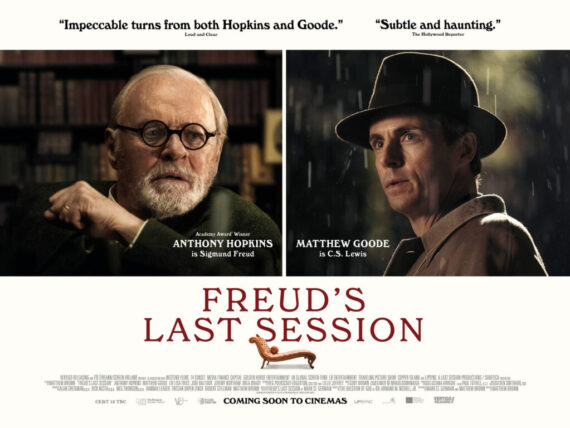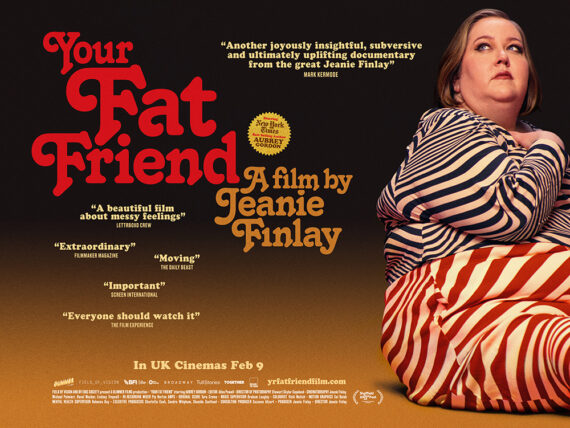Hail, Caesar! is in the cinema at Plymouth Arts Centre from 8 – 14 April
Hail, Caesar! is (by my calculation) the seventeenth directorial feature by the laudable Coen brothers. While not one I would put up there with their stellar achievements – only their most earnest über-fan would put it up there with the likes of No Country for Old Men [2007] – it does fit snugly among their more in-between works such as Burn After Reading [2008]. Considering the Coens’ blazingly high standards overall, this makes it is no less of a film at all for that, and it is terrific fun at points.
Eddie Mannix (Josh Brolin) is an old-school studio fixer on the payroll of a proper old-school studio – Capitol Pictures at the beginning of the fifties. One of their many big productions is “Hail, Caesar!”, a hokey-looking Biblical epic, with the hammy Baird Whitlock (George Clooney) playing the lead centurion. Trouble strikes, though, when Whitlock is kidnapped by a mysterious group calling themselves “the Future” and it is up to Mannix to follow the trail, recapture his star and save the picture. Easy enough? As always with the Coens, would that it were so simple.
All this, of course, is just an excuse for a smattering of hijinks and amusing cameos while Mannix wends his way through the soundstages to pick up the scent. We get Scarlet Johannsen pouting her way through a mermaid water ballet, then giving it plenty of lip off-camera as the brassiest broad on the lot. We get an hilarious musical number, brimming with homoerotic charge, from a troupe of dancing sailors led with a smirk and a wink by Channing Tatum. Best of all is Alden Ehrenreich as Hobie Doyle, the “singing cowboy”, unceremoniously yanked out of his comfort zone to play the lead in a Noël Coward-style comedy of manners. The confrontation between the hick Doyle and Ralph Fiennes, playing the pompous British director “Laurence Laurentz”, is worth the admission alone.
As for Whitlock himself, he awakes to find “the Future” may be a communist plot by pre-blacklist Hollywood writers (and involves an eyebrow-raising “cameo” from old red Herbert Marcuse himself). From then on the whole thing gets as twisty and loopy as one of Hobie Doyle’s cowboy lassoes. The whole thing is really a love letter from the Coens to old-Hollywood, whether it is the shiny bright pictures of Carmen Miranda (or “Carlotta Valdez” here), to the dark underbelly of the gossip columns of Hedda Hopper (symbolised here by Tilda Swinton, in a dual role).
The Coens’ usual zaniness possibly drags, just by a hair, compared to their earlier screwball efforts. But there is no doubting the overall effect as their clear love for the subject shines through. One to check out on the silver screen.
Ieuan Jones








Comments
No comment yet.